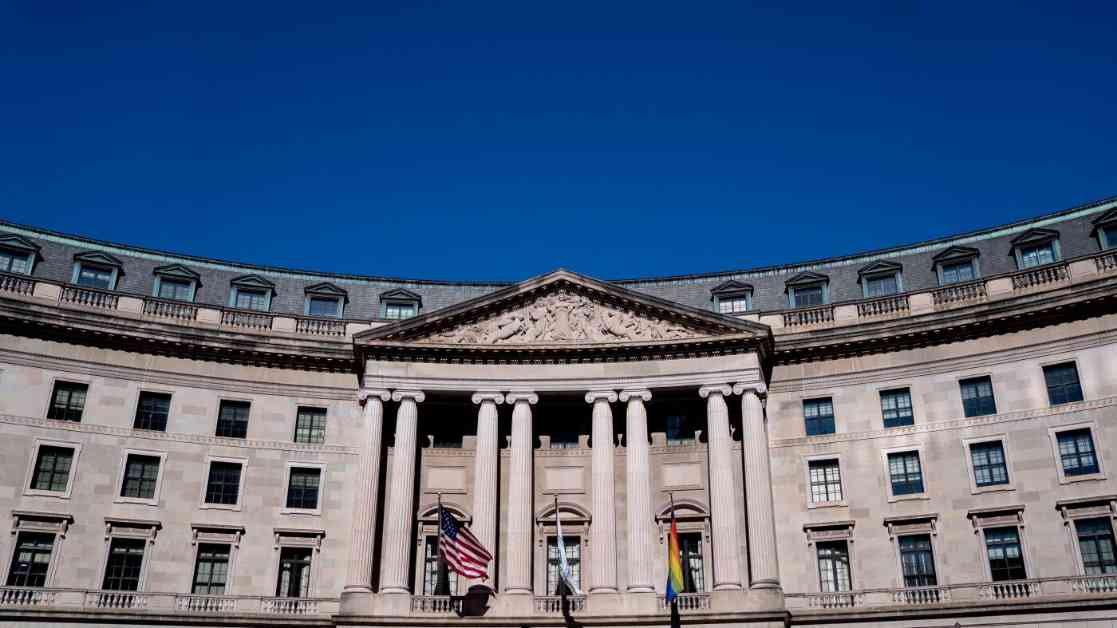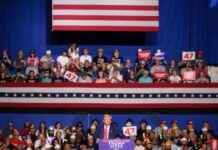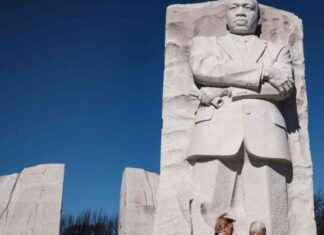**The Impact of Trump’s Policies on Federal Employee Unions: Examining the Current Landscape and Future Implications**
Labor unions have long been a cornerstone of support for political candidates who champion workers’ rights, and in the case of federal employee unions, the stakes are particularly high. With the looming possibility of former President Donald Trump seeking reelection, concerns over the impact of his policies on federal employee unions have once again come to the forefront.
**The Trump Administration’s Assault on Federal Employee Unions**
During his tenure, Trump made significant efforts to disempower federal employee unions through a series of executive orders signed in 2018. These orders severely limited the bargaining power of unions and restricted the amount of time union representatives could spend assisting members with their grievances. As a result, federal employees found themselves in a weakened position, with diminished protections and rights within the workplace.
Britta Copt, a seasoned veteran of the Environmental Protection Agency (EPA) and president of the American Federation of Government Employees Local 3607, highlighted the stark differences between the current administration and its predecessor. Under Trump’s leadership, federal employee unions faced unprecedented challenges and obstacles that threatened to unravel decades of progress in workers’ rights.
**The Creation of Schedule F and the Threat to Civil Servants**
In a controversial move towards the end of his presidency, Trump introduced the concept of Schedule F, a new category of political appointees aimed at restructuring the federal workforce. This initiative was part of Trump’s broader agenda to eliminate what he termed as the “Deep State” and root out perceived bureaucratic obstacles within the government.
The implementation of Schedule F raised concerns among career civil servants, including Britta Copt, who feared that the reclassification of employees as political appointees could jeopardize their job security and independence. The ambiguity surrounding the criteria for inclusion in Schedule F left many federal workers uncertain about their future within the government.
**The Biden-Harris Administration’s Efforts to Revitalize Federal Employee Unions**
Following the election of Joe Biden and Kamala Harris, a renewed focus on empowering federal employee unions emerged. Vice President Harris was appointed to lead the White House Task Force on Worker Organizing and Empowerment, signaling a shift towards strengthening labor rights and protections for federal employees.
Under the task force’s guidance, federal agencies were instructed to prioritize union involvement and educate employees on their rights to join a union. This proactive approach led to a significant increase in union membership, with federal employee unions gaining momentum and influence in shaping workplace policies and negotiations.
Britta Copt acknowledged the positive changes brought about by the Biden-Harris administration, citing a new labor contract at the EPA that emphasized scientific integrity and employee protections. However, the looming specter of a potential second term for Trump cast a shadow of uncertainty over the future of federal employee unions.
**The Potential Impact of a Trump Re-Election on Federal Employee Unions**
Political scientist Donald Moynihan warned of the dire consequences that a Trump re-election could have on federal career employees. The revival of policies like Schedule F and the continued erosion of union rights under a second Trump administration could lead to a mass exodus of experienced civil servants and the influx of partisan loyalists in critical government positions.
The implications of such a scenario extend beyond the immediate concerns of federal employees, affecting the quality and integrity of government operations as a whole. Moynihan emphasized the need to safeguard the expertise and professionalism of civil servants to ensure the effective functioning of essential government services.
**The Call to Action and the Stakes for Federal Employee Unions**
Tryshanda Moton, a senior aerospace engineer at NASA and union leader, voiced her apprehensions regarding the potential repercussions of a Trump victory. Moton highlighted the Heritage Foundation’s Project 2025, a blueprint for expanding presidential powers and dismantling the federal workforce, as a looming threat to the stability and efficiency of government operations.
In response to these challenges, Moton joined efforts to support the election of Kamala Harris, recognizing the pivotal role that political leadership plays in safeguarding the rights and representation of federal employees. The commitment to upholding the principles of democracy and accountability within the government remains a central tenet of the ongoing struggle for labor rights and worker empowerment.
As federal employee unions navigate the uncertain terrain of shifting political landscapes, the resilience and unity of workers stand as a testament to their unwavering commitment to upholding labor rights and protections. The impending election serves as a critical juncture in determining the future trajectory of federal employee unions and the broader implications for workers’ rights in the federal government.



























